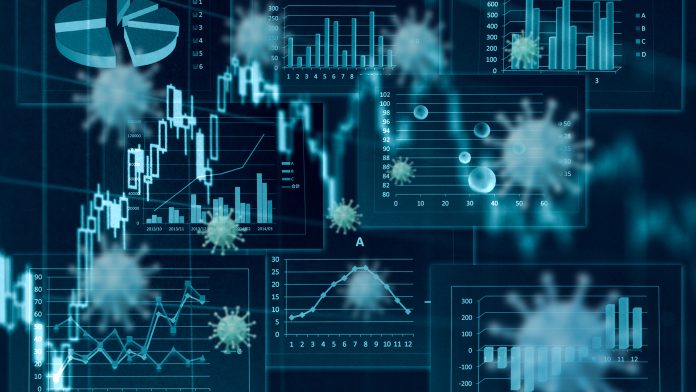Researchers at Yale School of Public Health accurately forecast COVID-19 outbreaks in Connecticut municipalities by utilising mobile device data.
In order to conduct their novel study, the researchers used anonymous location information from mobile devices. The method employed by the team could prove useful in helping health officials predict local COVID-19 outbreaks, thus enabling them to allocate testing resources more efficiently.
The study was led by data scientists and epidemiologists from the Yale School of Public Health, the Connecticut Department of Public Health, the US Centers for Disease Control and Prevention and Whitespace Ltd., a spatial data analytics firm.
The study’s result’s have been published in Science Advances.
Achieving accurate results
The key to the researchers’ results was the accuracy with which they were able to detect incidents of high frequency close personal contact – within a radius of six feet – in Connecticut, down to the municipal level.
“Close contact between people is the primary route for transmission of SARS-CoV-2, the virus that causes COVID-19,” explained the study’s lead author Forrest Crawford, an associate professor of biostatistics at the Yale School of Public Health and an associate professor of ecology and evolutionary biology, management, statistics and data science at Yale.
Measuring close contact
“We measured close interpersonal contact within a six-foot radius everywhere in Connecticut using mobile device geolocation data over the course of an entire year,” Crawford said. “This effort gave Connecticut epidemiologists and policymakers insight to people’s social distancing behaviour state wide.”
Previous studies have utilised ‘mobility metrics’ as proxy measures for social distancing behaviour and possible COVID-19 transmission. However, this analysis has limitations.
“Mobility metrics often measure distance travelled or time spent away from a location, such as your home,” Crawford added. “But we all know it’s possible to move around a lot and still not get very close to other people. So, mobility metrics are not a great proxy for transmission risk. We feel close contact predicts infections and local outbreaks better.”
The team’s results are based on a review of Connecticut mobile device geolocation data from February 2020 to January 2021. All of the data was anonymised and aggregated, and they did not collect any personally identifiable information.
Algorithm predicts COVID-19
A novel algorithm calculated the probability of close contact events across the state – occurrences where mobile devices were within six feet of each other – based on geolocation data. This data was then integrated into a standard COVID-19 transmission model to forecast COVID-19 case levels not only across Connecticut, but in individual Connecticut towns, census tracts, and census block groups.
The researchers claim to have accurately projected an initial wave of Connecticut COVID-19 cases from March to April 2020, as well as a drop in state-wide cases during June to August and localised outbreaks in certain Connecticut towns in August and September.
At present, health officials often depend on general surveillance data including the number of confirmed cases, hospitalisations and deaths to trace the spread of COVID-19. But that process can lag actual disease transmissions by days and weeks. Analysing close personal contact rates is much faster, the researchers explained.
“The contact rate we developed in this study can reveal high-contact conditions likely to spawn local outbreaks and areas where residents are at high transmission risk days or weeks before the resulting cases are detected through testing, traditional case investigations and contact tracing,” Crawford concluded.









